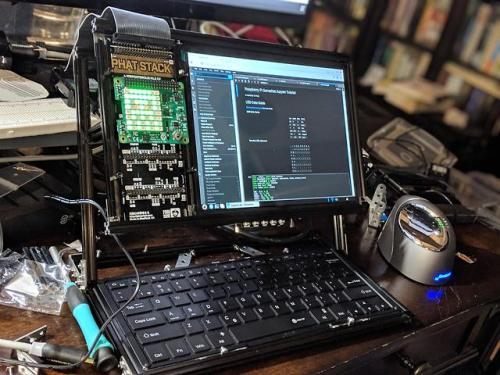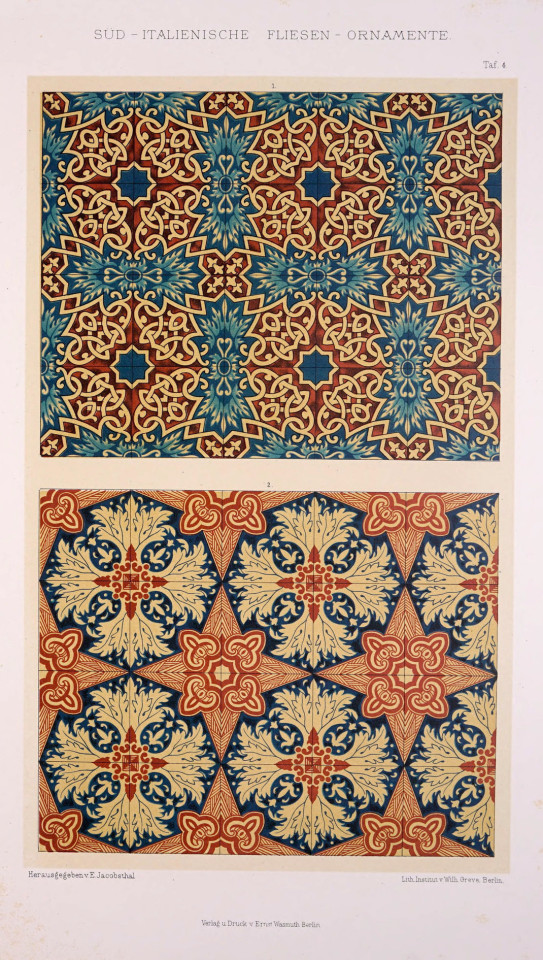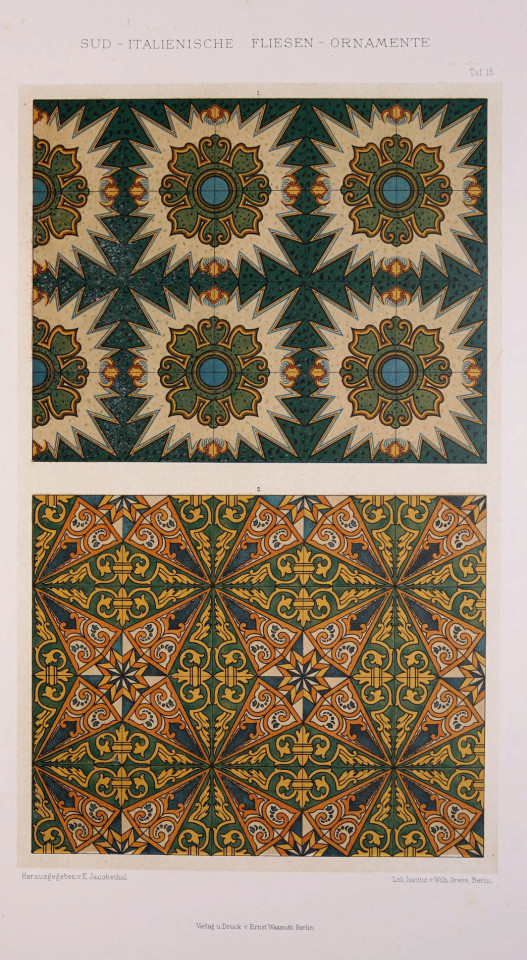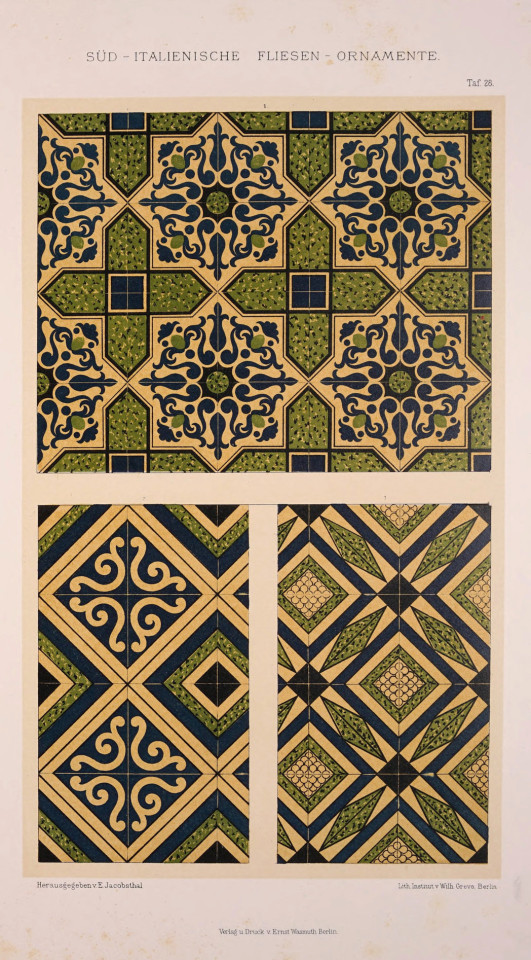The Best Pull Request (PR) In 2017???
The best pull request (PR) in 2017???

More Posts from Forward-lang-blog and Others
If you're ever asking an autistic person to do something, be sure to explain why you want them to do it.
When I was a kid, I always kept the windows open when it rained. I saw no reason to close them even though my mom kept asking me to. She never gave a reason, so I never listened. She'd say it let the rain in and I'd think "no shit" and continue to keep them open. Eventually, she explained that it could cause mold. That made sense to me, so I started closing the windows. Simple as that.
When we first got cats, they kept jumping onto the counters. Once again, I saw no issue with this. My mom kept chasing them down and I couldn't figure out why. She'd get annoyed whenever I let them stay up there. Once she told me that it was unsanitary, I thought that made sense so I stopped letting them stay on the counter.
To an outsider (and probably to my mom at the time) it may have seemed like I didn't understand the instructions or was being intentionally difficult. But I can't just follow an order without a reason. I must decide for myself if the order makes sense before I follow it, and I need the logic behind it to do that.
So if you're asking an autistic person to do something, explain why it needs to be done. It's very hard for a lot of us to override that part of our brains.

This guys raspberry pi laptop is goals via Cyberpunk
True!
Monday motivation
MIT’s Slick New UI Lets Your Phone and Desktop Screens Behave as One
By Liz Stinson at Wired. You can read the full article here.
For all the ways the influx of new devices has streamlined our harried lives, it’s produced a parallel problem: the fracturing of our digital ones. What happens on your phone or tablet or computer are siloed experiences that rarely overlap in any meaningful or helpful way. But just think, what if your devices could interact with each other so seamlessly that one screen essentially becomes the other?
This scenario is inching closer to reality with THAW, the newest project out of MIT’s Media Lab. THAW is a program that allows your smartphone and desktop computer to interact with each other so fluidly it’s as though they share the same silicon brain. In the video you watch as files are dragged from a desktop computer and dumped onto an iPhone. In another scene you see a Mario-like video game being played on the desktop only to transfer to the iPhone without skipping a beat. It’s totally trippy, and a little bit surprising. Which is weird because interaction like this is about as intuitive as it comes.
This is really, really cool. If you don’t read the short article, at least check out the video.
fractals!! :D or at least patterns :P







Johann Eduard Jacobsthal, “Süd-italienische Fliesen-Ornamente”, South italian tile ornaments, 1886. Chromolithography. Published by Ernst Wasmuth, Tübingen, Germany. Source: archive.org. Via frizzifrizzi

MNT Reform DIY Laptop
Modern laptops have secret schematics, glued-in batteries, and mystery components all over. But Reform is the opposite – it invites both curious makers and privacy aware users to take a look under the hood, customize the documented electronics, and 3D-print their own parts.
A free and open source modular laptop that respects your rights
Customize and repair it yourself with 3D printed and standard parts
Reclaim your privacy and security: No microphone, camera or management engine
Interchangeable and customizable motherboard, slim mechanical keyboard and trackball, each with open firmware
We are currently finishing the limited beta shipment of Reforms to collect feedback from early adopters that will feed into the final design for the campaign model.
Read more…

the strongest
Researchers from the University of Tokyo created a “drone dragon” which is able to fly through tight spaces 🐉🐲 | Our audience: #nasa #mavicair #universityofmichigan #djiphantom4 #djiglobal #uav #mavicair #djiinspire1 #quadcopter #spacecamp #drone #robotics #robot #aerialphotography #fpv #drones #skynet #octocopter #djiphantom #arduino #hobbyking #drone #multirotor #dronephotography #sparkfun #tesla #raspberrypi #mavicpro #tokyodisneyland (at University of Tokyo)









At the lab this week I made some printed circuit boards with my new collaborator Jonathan Bobrow. I also learned to solder some super small components to a board.

-
 mauratinewphcu liked this · 1 year ago
mauratinewphcu liked this · 1 year ago -
 forward-lang-blog reblogged this · 3 years ago
forward-lang-blog reblogged this · 3 years ago -
 forward-lang-blog liked this · 3 years ago
forward-lang-blog liked this · 3 years ago -
 gaydognerd liked this · 6 years ago
gaydognerd liked this · 6 years ago -
 baglieg reblogged this · 6 years ago
baglieg reblogged this · 6 years ago -
 baglieg liked this · 6 years ago
baglieg liked this · 6 years ago -
 hiperhappy-blog liked this · 6 years ago
hiperhappy-blog liked this · 6 years ago -
 ghostlystudentheartsworld liked this · 7 years ago
ghostlystudentheartsworld liked this · 7 years ago -
 renatico89 liked this · 7 years ago
renatico89 liked this · 7 years ago -
 znk liked this · 7 years ago
znk liked this · 7 years ago -
 cs-s liked this · 7 years ago
cs-s liked this · 7 years ago -
 disket101 liked this · 7 years ago
disket101 liked this · 7 years ago -
 toxicalsky-blog liked this · 7 years ago
toxicalsky-blog liked this · 7 years ago -
 g33xter liked this · 7 years ago
g33xter liked this · 7 years ago -
 cluelesstimestwelve reblogged this · 7 years ago
cluelesstimestwelve reblogged this · 7 years ago -
 cluelesstimestwelve liked this · 7 years ago
cluelesstimestwelve liked this · 7 years ago -
 honitos2001 liked this · 7 years ago
honitos2001 liked this · 7 years ago -
 jellybrainworm reblogged this · 7 years ago
jellybrainworm reblogged this · 7 years ago -
 rolfaschuster liked this · 7 years ago
rolfaschuster liked this · 7 years ago -
 akimboka liked this · 7 years ago
akimboka liked this · 7 years ago -
 liyiheng444-blog liked this · 7 years ago
liyiheng444-blog liked this · 7 years ago -
 chmod666 reblogged this · 7 years ago
chmod666 reblogged this · 7 years ago -
 anareb liked this · 7 years ago
anareb liked this · 7 years ago -
 atrosanguineus liked this · 7 years ago
atrosanguineus liked this · 7 years ago -
 hulye666 liked this · 7 years ago
hulye666 liked this · 7 years ago -
 paley-ares liked this · 7 years ago
paley-ares liked this · 7 years ago -
 aaronflower-blog reblogged this · 7 years ago
aaronflower-blog reblogged this · 7 years ago -
 aaronflower-blog liked this · 7 years ago
aaronflower-blog liked this · 7 years ago -
 coolestflash liked this · 7 years ago
coolestflash liked this · 7 years ago -
 inwaves-weed liked this · 7 years ago
inwaves-weed liked this · 7 years ago -
 visor1933 liked this · 7 years ago
visor1933 liked this · 7 years ago -
 sugman liked this · 7 years ago
sugman liked this · 7 years ago -
 iadorethecommonpeople liked this · 7 years ago
iadorethecommonpeople liked this · 7 years ago

28 posts